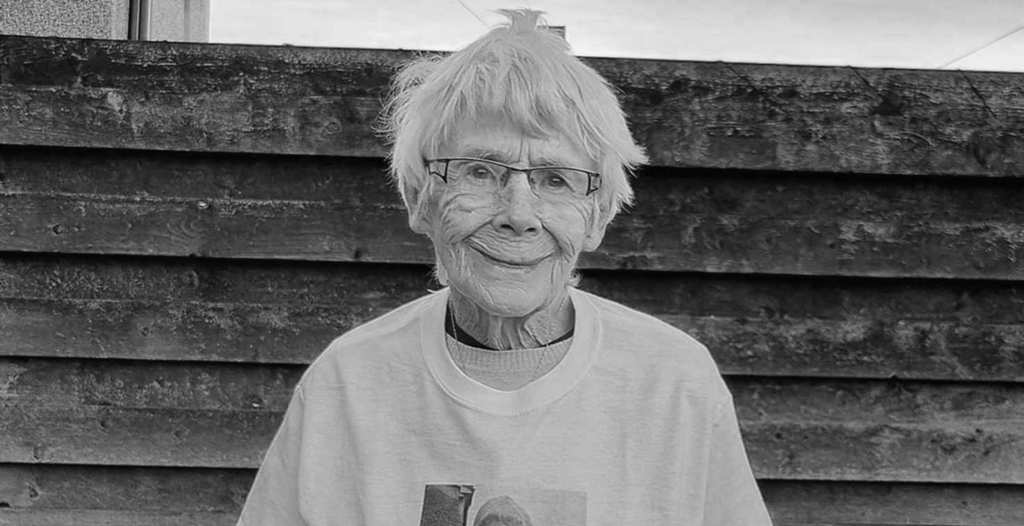Stanford scientists saved drops of the COVID-19 vaccine destined for the garbage can, reverse engineered them, and have posted the mRNA sequence that powers the vaccine on GitHub for all to see.
The GitHub post is four pages long. The first two are an explanation by the team of scientists about the work, the second two pages are the entire mRNA sequence for the Moderna COVID-19 vaccine. “RNA vaccines have become a key tool in moving forward through the challenges raised both in the current pandemic and in numerous other public health and medical challenges,” the scientists said on GitHub. “Despite their ubiquity, sequences are not always available for such RNA. Standard methods facilitate such sequencing.”
Videos by VICE
According to Stanford scientists Andrew Fire and Massa Shoura, this isn’t technically “reverse-engineering” a vaccine. “We didn’t reverse engineer the vaccine. We posted the putative sequence of two synthetic RNA molecules that have become sufficiently prevalent in the general environment of medicine and human biology in 2021,” they told Motherboard in an email. “As the vaccine has been rolling out, these sequences have begun to show up in many different investigational and diagnostic studies. Knowing these sequences and having the ability to differentiate them from other RNAs in analyzing future biomedical data sets is of great utility.”
The scientists were light on details about how they acquired the Moderna sample. “For this work, RNAs were obtained as discards from the small portions of vaccine doses that remained in vials after immunization; such portions would have been required to be otherwise discarded and were analyzed under FDA authorization for research use,” they said.
Fire and Shoura explained that none of what they studied came from usable vaccines. “This project did not waste vaccine material or reduce in any way the number of vaccine doses available to the public,” they told Motherboard. “None of the residual ‘dregs’ that we used for this work came from vaccines that could have been otherwise administered. Think of the thin layer of milk coating a carton that had been fully used and emptied yesterday and sitting on the kitchen counter—if we sequenced that, we’d get a full picture of the cow genome even though the small quantity of milk would be of no use.”
The scientists requested permission from the FDA to keep emptied vials that were going to be discarded at Stanford and Veteran’s Affairs vaccination sites. “Given the ability of Next Generation Sequencing technology to detect even minuscule amounts of RNA, this was more than sufficient to assemble a coding region for the two vaccine RNAs,” they said.
The scientists told Motherboard they felt that their peers working at Moderna/NIH and BioNTech/Pfizer had done the world a great service and that releasing the RNA sequences will help continue to benefit humanity. “While anyone interested could data-mine and filter these sequences out later, there is a substantial economy of scale and educational value in having the sequences available ASAP and in not having to guess where they have come from,” they said.
This isn’t the first time a COVID-19 vaccine has been reverse-engineered and shared online. On December 25, 2020, PowerDNS founder Bert Hubert used publicly available information about the BioNTech/Pfizer vaccine to figure out its mRNA sequence.
According to Shoura and Fire, the FDA cleared the Stanford project’s decision to share the sequence with the community. “We did contact Moderna a couple of weeks ago to indicate that we were hoping to include the sequence in a publication and asking if there was anything that we should reference with respect to this… no response or objection from them, so we assume that everyone is busy doing important work.”
This is all exciting, and it’s great for the public to have access to the mRNA code that’s part of a vaccine many of us are injecting into our bodies. It also probably won’t make more people get the vaccine. The supply chain behind this kind of medicine is complicated and isn’t easily DIYed. It’s worth noting, however, that this sort of research makes information about the vaccine more accessible to everyone, which is a big deal considering the patents that big pharma has on many of the vaccines, and the fact that the world has a massive task ahead of it in trying to distribute the vaccine to billions of people around the world.
“Nobody will be making an mRNA vaccine in their garage any time soon,” engineer Jason Neubert said in a blog post about the reverse-engineered Pifzer vaccine.
More
From VICE
-

WWE -

(Photo by Simone Joyner/Getty Images for ABA) -

-

Epic Gamer Grandma
